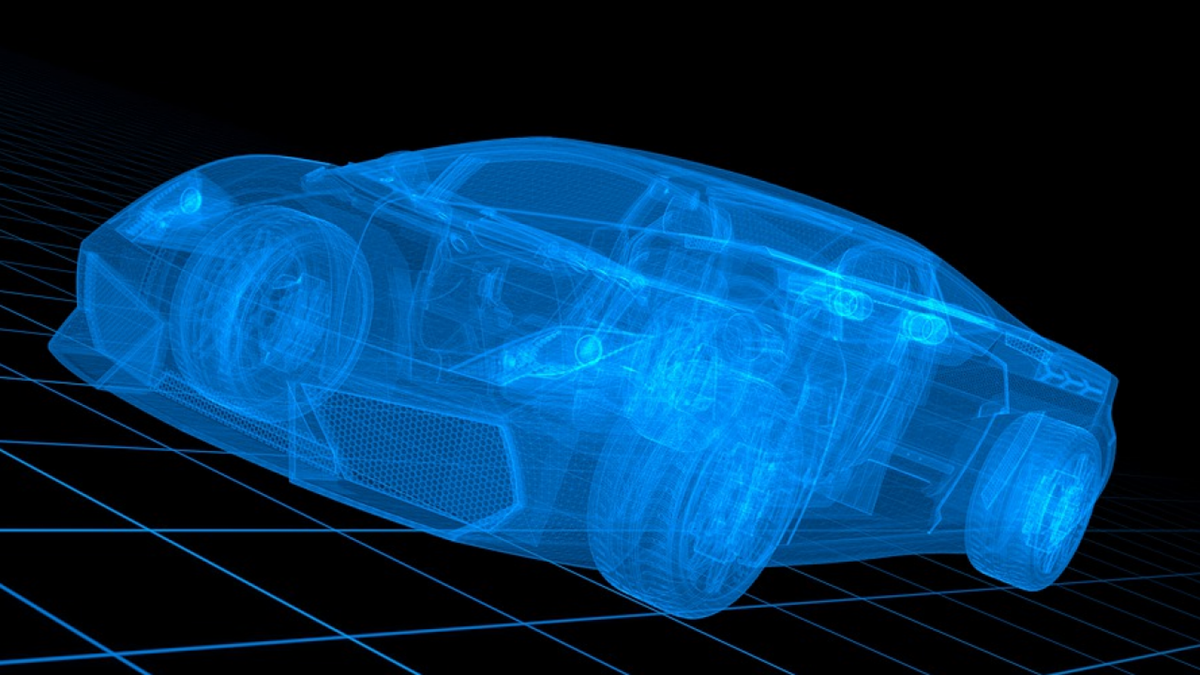
Every successful product on the market starts with a brilliant idea. But showcasing new design concepts still in development always comes with a specific price, often not cheap. It would help if you produced a prototype to display the new product to lure investors or impress possible buyers. Nowadays, prototyping is far less expensive than before. There’s a wide array of approaches to choose from, depending on your developing product.
So what exactly is prototyping? It is a series of technological practices that enable the manufacturing of 3D items from a wide range of raw materials. The basis of the object is a 3D computer-aided design model, colloquially known as CAD.
The purpose of rapid prototyping is to put together an early version of the product promptly. Maybe the most popular technique in recent years is 3D printing. However, as technology advances, new methods have emerged, and now you can allow yourself to choose, depending on what your priorities are (functionality, aesthetics, endurance). Here are the seven best prototyping methods and techniques for your next manufacturing project.
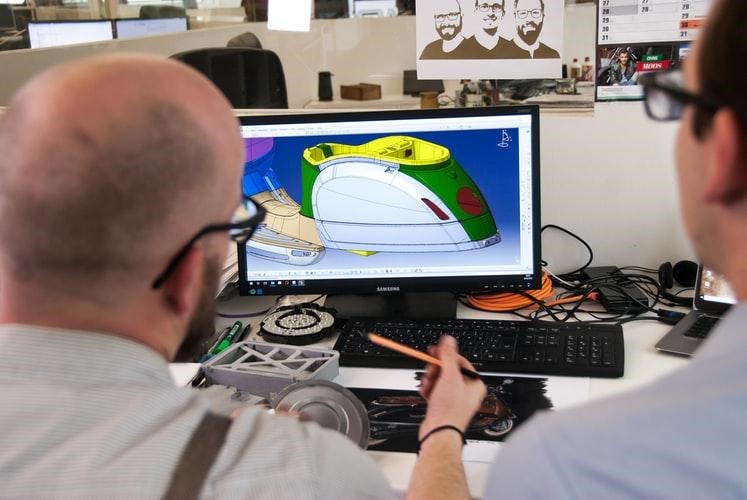
Table of Contents
Sheet Metal Prototyping
This prototyping method encompasses hardware specifically intended to curve, cut, and penetrate through sheet metal. If your product idea has components made of sheet metal, this would be your preferred technique.
The manipulation of the sheet metal’s form leaves its structure intact so that the prototype will maintain its strength after the procedure. Lots of different kinds of metals can be processed with this method.
Sheet metal prototyping is prevalent in making components for automobiles and other vehicles, appliances, and kitchen and office apparatuses. The process is speedy, reconfigurable, and incredibly reliable.
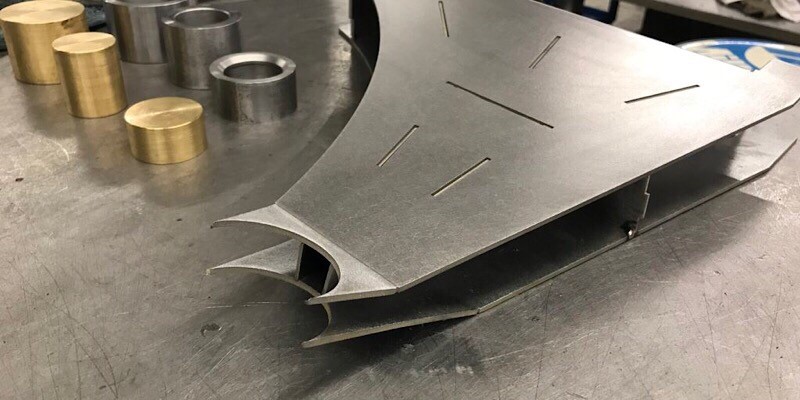
Injection Molding
Disregarding some significant discrepancies, injection molding is relatively the same as vacuum casting. In the beginning, the mold is filled with molten material with the help of a reciprocating bolt. In most cases, the mold used in the processes is made for aluminum or steel.
Before you can construct elements with this method, the mold needs to be created with prototype tooling. The mold can be made by different means – rapid tooling, 3D printing, or hand tooling. It is also quite expensive. So, only choose this technique if you are planning to manufacture parts; in large numbers.
Aluminum And Plastic Extrusion
The process in which softened material is forced through a die (shaped opening) and then flows out in the desired shape is called extrusion. The critical component in the process is that the die is quite an expensive part, and it’s constructed with CNC machining. So, extrusion is a logical choice if needed to manufacture large amounts of parts/products.
Generally, extrusion is either aluminum or plastic. And while you already know enough about aluminum extrusion as it’s one of the most coveted manufacturing processes worldwide, there’s very little coverage of its plastic counterpart.
Polystyrene, Nylon, and Polypropylene are some of the plastics that are suitable for extrusion when heated. Alloys containing aluminum are very pliable, so they are go-to extrusion materials.
CNC Machining
CNC machining is the leader among manufacturing techniques. Milling machines controlled by specialized computers and lathes can carve out an infinity of curves, holes, or channels on strong materials like metal and plastic. No heating or melting means a more substantial structure, which gives the prototype longevity.
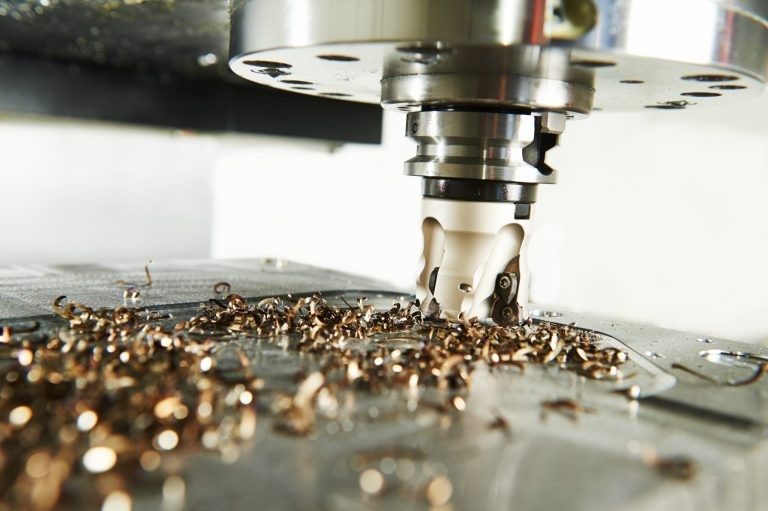
The technique is excellent because it applies to a vast number of materials, metals, and plastics. The evolution of CNC machining has come a long way and now uses impressive milling machines with multiple axes. They score high in reliability, accuracy, and efficiency. Oh, and they are very fast! A prototype can be manufactured in only minutes (although more complex objects may take hours).
Pressure Die Casting
Pressure die casting is much quicker and less expensive than machining in regards to prototyping of metal components. In many ways, it is reasonably similar to injection molding. The difference is the utilization of molten metal, unlike injection molding, where elastomers are used. Magnesium, aluminum, zinc, and steel are among the base metals suitable for this method of prototyping.
Regarding the volume of production desired, this method is considered feasible even if you only need to manufacture a handful of prototypes. It’s efficient in creating big as well as mid-sized parts. The surface finish on the prototype is impeccable, and the precision is admirable. In case there are faults in the components after the pressure-die casting, CNC machining can smooth out any deficiencies.
Surface Finishing
Most specialized prototyping services pay a tremendous amount of attention to detail. That’s why they provide surface finishing as a service to enhance the visual appeal. Several finishing methods are accessible, as well as a wide range of materials.
The visual appeal of a prototype that will be used for exhibiting must be one of the priorities. You can choose from different options ranging from basic painting to more intricate techniques like anodizing or powder coating. But it’s not just the looks. A good finish improves strength, corrosion resistance, conductivity, and other metallurgical properties.
3D Printing
Last on our list, but definitely not least, 3D printing is one of the most flexible methods that creates the most extraordinary and intricate designs. 3D printers are everywhere these days. The technology has gotten a lot cheaper and more accessible and can work wonders. It usually uses plastics and resin as input materials.
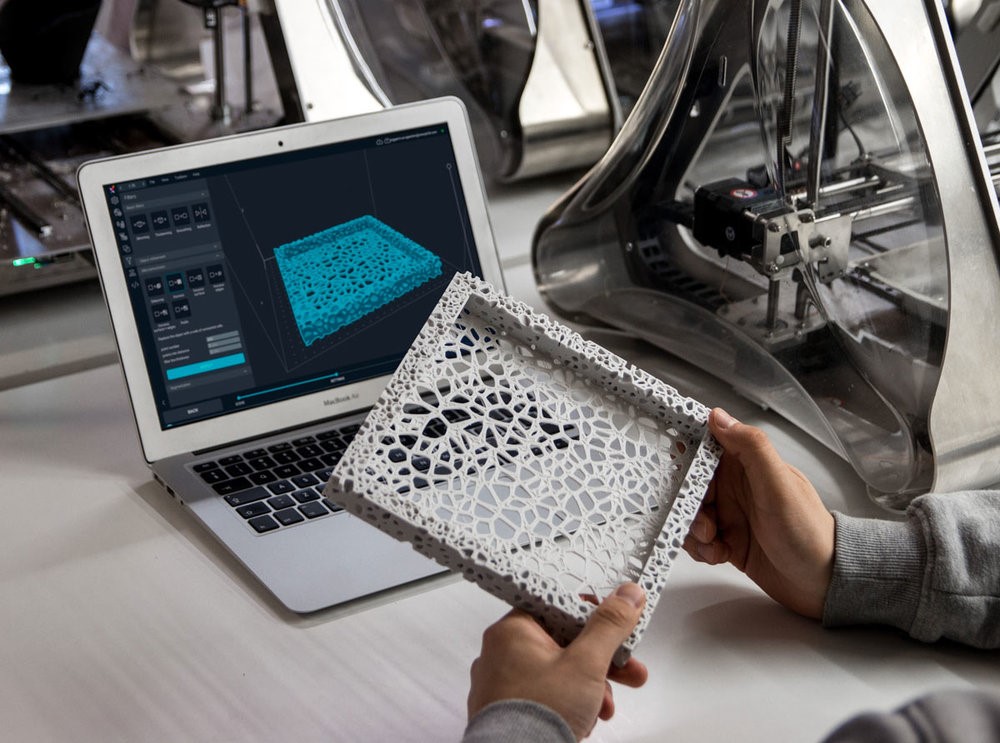
Photo from 3D Printing Industry
The beauty of 3D printing is the extraordinary accuracy and control that it provides to the user. However, printing one layer onto another can take up some time, so if you need a significant production volume, it is most likely not the best option.
Final Words
Being in control of your product development is crucial in order to place your finished product on the market as soon as possible. If you are the first one there, It’s highly likely that the timing will set you apart from the competition. Rapid prototyping is a technology that can make that difference. So, plan carefully and always choose the technique most suitable for your next manufacturing project.